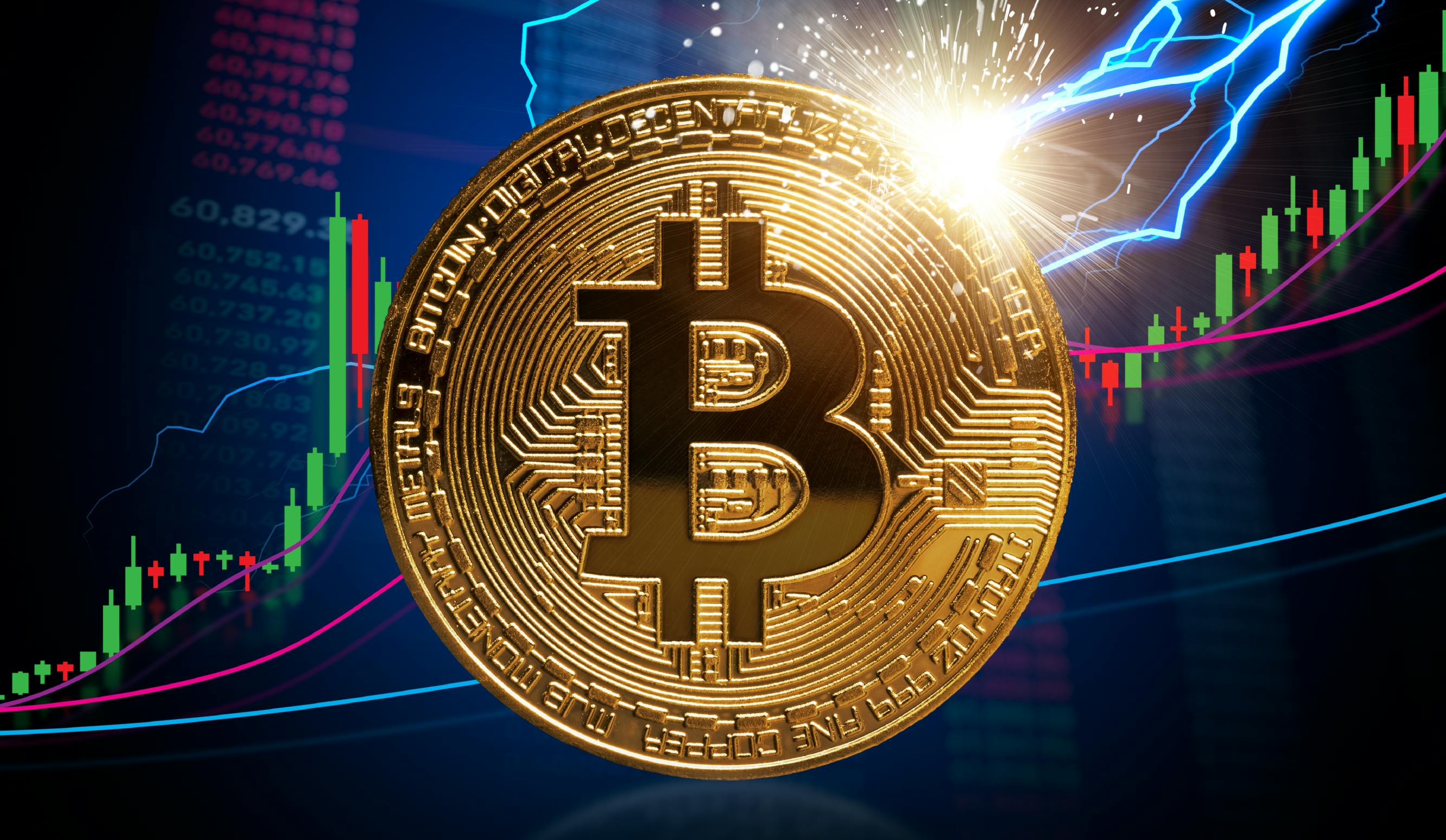The Bitcoin Halving: A Cycle of Scarcity and Surge
Published on
April 24th, 2024
Share
The Bitcoin halving is a pivotal event in the cryptocurrency world, occurring approximately every four years or after every 210,000 blocks are mined. It's designed to cut the reward for mining bitcoin transactions in half, thereby reducing the rate at which new bitcoins are created and mimicking the effect of mining precious metals like gold. This scarcity mechanism is built into Bitcoin's protocol to ensure its supply remains finite, with a maximum limit of 21 million coins.
The halving can be long-term bullish for bitcoin for several reasons. Firstly, it underscores the scarcity of bitcoins, which can increase demand and potentially drive up their price, as seen in past cycles following halving events. The reduced supply of new bitcoins entering the market can create supply-side pressure, especially if demand for bitcoin remains strong or increases. This scarcity is akin to a tightening supply of traditional commodities, which can lead to price increases.
Moreover, the halving event highlights the decentralized and predictable nature of Bitcoin's monetary policy, in contrast to fiat currencies, where central banks can adjust monetary policy to influence inflation. This predictable scarcity is one of the key arguments in favor of bitcoin for investors who are wary of inflationary pressures in traditional fiat currencies.
Additionally, as the reward for mining decreases, the network's security remains robust. Due to transaction fees, miners are still incentivized to process transactions, ensuring the long-term security and viability of the Bitcoin network. Miners with higher mining costs may start to feel the strain, and some may fail, but the more robust miners who have worked to control costs will benefit from that as well, and their efficiency helps the network overall.
Historically, each halving has been followed by a significant bull run, although the price increase has lessened with each halving event. After the 2012 halving, bitcoin's price increased by 93x, while after the 2016 halving, it was only 30x, and the 2020 halving generated only an 8X price increase.
Still, while the returns have been less robust each time, the underlying fundamentals still apply. While past performance does not indicate future results, the economic principles driving the halving suggest it could continue to have a bullish impact on bitcoin's price in the long term, as it highlights the unique attributes of bitcoin as a decentralized, scarce digital asset.
Subscribe now to stay ahead of the curve and never miss an update!
Financial Advice Disclaimer: Nothing in this article constitutes professional or financial advice, performance data or any recommendation that any specific cryptocurrency, portfolio, index, investment product, transaction or investment strategy is suitable for any specific person. You assume the sole responsibility of evaluating the merits and risks associated with all financial decisions and should seek the advice of a registered financial advisor when in doubt.
Share
Sign up for our newsletter to get exclusive discounts, company news and more from CoinFlip.
More stories
The Bitcoin Halving and Why It Matters (a lot)
March 25th, 2024
CoinFlip Team
What is Bitcoin Mining?
January 16th, 2025
Scott Wilson

